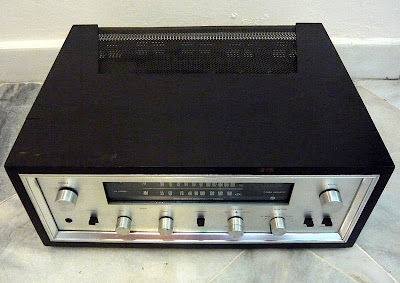

At fourteen, after his family moved to Yonkers, he became fascinated by the stories of great scientists and inventors, in particular those of Michael Faraday and Guglielmo Marconi. Shy as a child, perhaps because of a tic left by a bout of rheumatic fever, he often played alone. The dawn of the wireless ageĮdwin Howard Armstrong was born in Chelsea, New York City, in 1890. In the end, he fell victim to the very stubbornness that made possible his spectacular technical successes. At the same time, he refused to compromise. He could not play public relations games and was naive enough to underestimate the power of those whose interests were threatened by his inventions. Why, then, have so many people never heard of Armstrong? The answer is ironic: Armstrong was all substance and no style. His work has made FM radio possible, and is responsible for the circuit architecture in practically every modern radio, television set, and many cellular phones. He was one of those rare individuals who, with a master stroke, came up with ideas that resulted in quantum leaps in technology-and not just once, but three times. He delighted in plunging into areas that others had pronounced hopeless, and he did so with single-minded determination. He placed his physical intuition above everything else, and in fact mistrusted results based only on mathematics he knew well that those are only as good as the assumptions behind them, which do not always correctly model the physical world.
#Pioneer stereo master 11 tube receiver models trial#
Instead of working by trial and error, he would proceed methodically toward identifying the root cause of a problem in order to find a path toward a solution. In contrast to many inventors (Edison included), Armstrong had a distinctly analytical mind. His should be a household name next to Edison’s, and the reasons why this is not so-and Armstrong’s life in general-tell a sad but fascinating story. One striking example is Edwin Howard Armstrong ’13E ’29HON, who spent his adult life at Columbia, first as a student and then as a faculty member. Much of the technology that has transformed modern life is based on the work of unusually creative people, many of whom remain relatively unknown. The chief object of engineering and technology is, or should be, to put nature to work for us. The chief object of science is to explain nature.


 0 kommentar(er)
0 kommentar(er)
